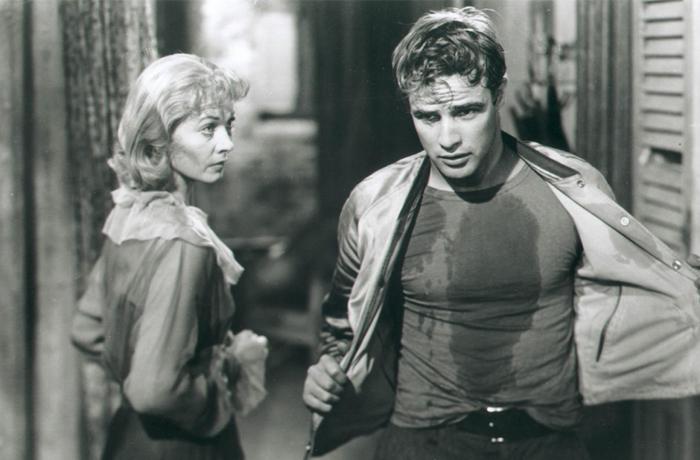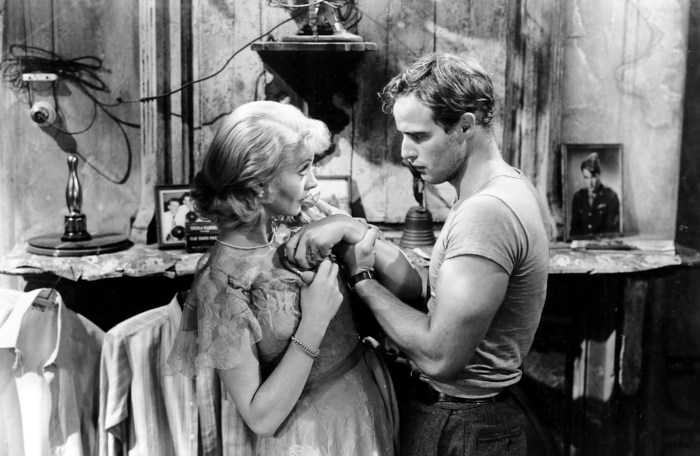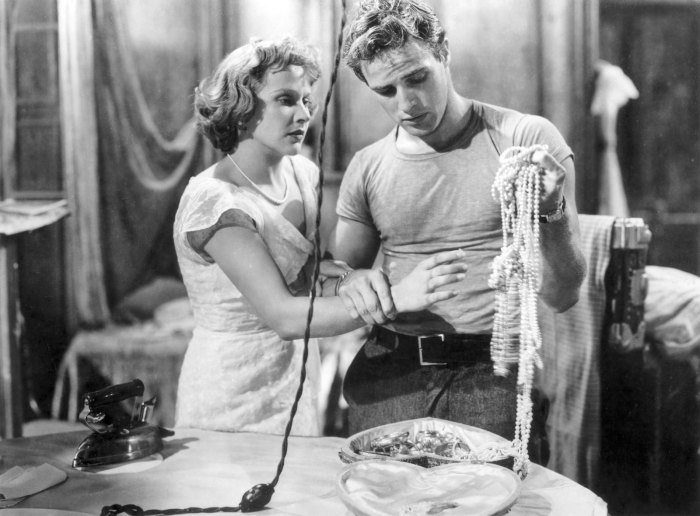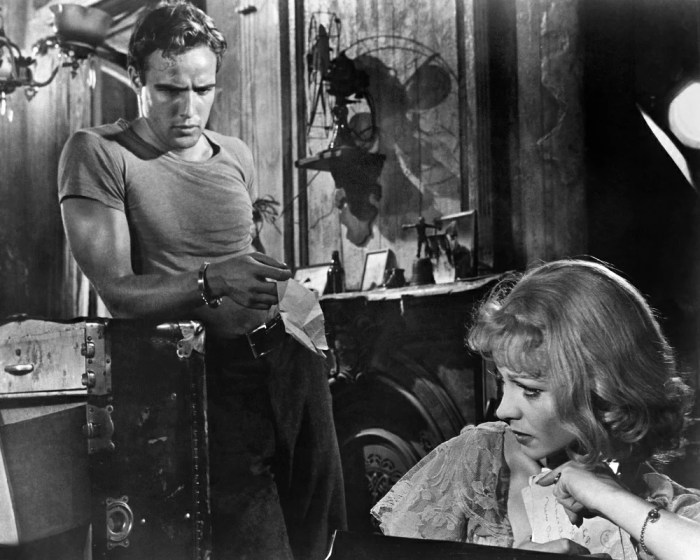When blanche meets stanley in a streetcar named desire – When Blanche DuBois, a faded Southern belle, arrives in New Orleans to visit her sister Stella, she encounters Stanley Kowalski, Stella’s brutish and domineering husband. Their contrasting personalities and worldviews set the stage for a clash of epic proportions, one that will forever alter the lives of all involved.
Blanche, with her refined and aristocratic demeanor, is a stark contrast to Stanley’s crude and brutish nature. Their initial interactions reveal their fundamental differences, sparking a mutual disdain that escalates throughout the play.
Blanche DuBois and Stanley Kowalski: A Clash of Personalities
Blanche DuBois and Stanley Kowalski are two characters in Tennessee Williams’ play “A Streetcar Named Desire” who represent starkly contrasting personalities. Blanche is a refined and aristocratic Southern belle, while Stanley is a crude and brutish working-class man. Their initial interactions reveal their fundamental differences, setting the stage for a conflict that will ultimately lead to tragedy.
Social and Cultural Factors
The clash between Blanche and Stanley is not merely a personal one, but also reflects the social and cultural divide between the Old South and the industrial North. Blanche represents the fading aristocracy of the pre-Civil War South, while Stanley embodies the raw power and vitality of the modern urban working class.
Blanche’s Fragile Psyche and Stanley’s Brute Force: When Blanche Meets Stanley In A Streetcar Named Desire

Blanche’s fragile mental state is evident from the beginning of the play. She is haunted by the death of her husband and the loss of her family’s plantation. She employs various coping mechanisms, including drinking and promiscuity, to escape her pain.
Stanley, on the other hand, is a physically and emotionally dominant man who uses his brute force to control those around him. His relentless harassment of Blanche drives her towards a tragic end.
Past Traumas and Psychological Breakdown
Blanche’s past traumas, including the death of her husband and the rape she suffered at the hands of a family friend, have left her deeply scarred. Stanley’s relentless harassment triggers these traumas, leading to her psychological breakdown.
The Symbolism of the Streetcar Named Desire

The streetcar named Desire is a powerful symbol in the play. It represents Blanche’s longing for escape and a better life. She believes that if she can just get on the streetcar, she can leave her past behind and start over.
However, the streetcar ultimately becomes a symbol of Blanche’s futile attempts to flee her past and her ultimate descent into madness.
Broken Dreams and Shattered Hopes, When blanche meets stanley in a streetcar named desire
The streetcar serves as a metaphor for Blanche’s shattered dreams and lost hope. She clings to the belief that she can escape her past and find happiness, but her hopes are ultimately dashed. The streetcar becomes a symbol of her inability to escape her fate.
The Role of Stella Kowalski in the Conflict

Stella Kowalski is Blanche’s younger sister and Stanley’s wife. She is caught in the middle of the conflict between her sister and her husband. She loves both of them, but she is unable to reconcile their differences. Her motivations and loyalties are constantly shifting, which makes her an unpredictable force in the play.
Complexities of Relationships
Stella’s relationship with Stanley is complex and contradictory. She loves him, but she is also aware of his flaws. She tries to protect Blanche from Stanley’s abuse, but she is ultimately unable to prevent tragedy.
The Impact of Gender and Social Class on the Characters

Gender and social class play a significant role in shaping the characters’ behavior and interactions. Blanche’s status as a Southern belle clashes with Stanley’s working-class masculinity. The power dynamics between men and women in the play are also influenced by gender and social class.
Gender Roles and Power Dynamics
Blanche is expected to conform to traditional gender roles, while Stanley is allowed to be more assertive and aggressive. This difference in expectations leads to conflict between the two characters. The power dynamics between men and women in the play are also influenced by social class.
Popular Questions
What is the significance of the streetcar named Desire?
The streetcar represents Blanche’s longing for escape and a better life. It symbolizes her futile attempts to flee her past and her ultimate descent into madness.
How does Stanley’s dominance affect Blanche’s mental state?
Stanley’s physical and emotional dominance over Blanche drives her towards a tragic end. His relentless harassment exacerbates her fragile mental state, leading to her eventual breakdown.
